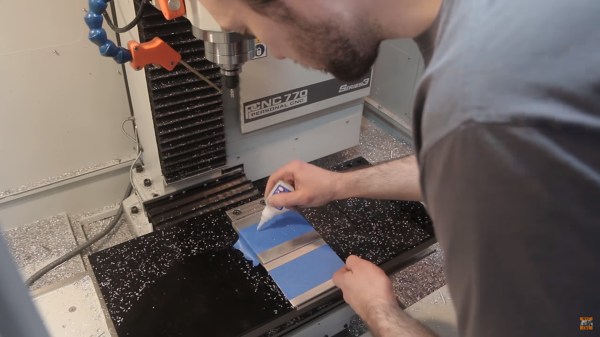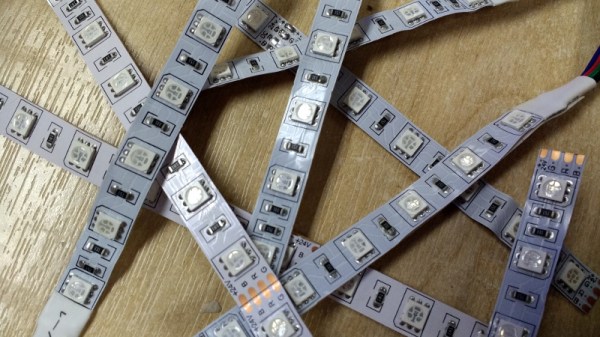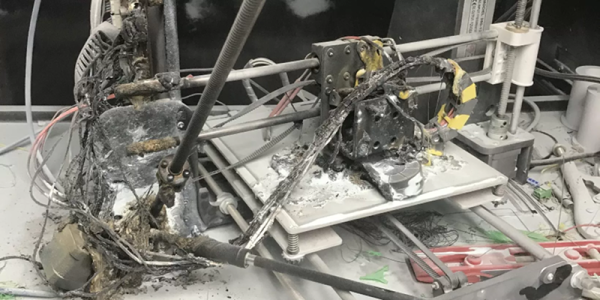Unless you’ve completely unplugged from the news, you probably are aware that the long-running feud between Oracle and Google had a new court decision this week. An appeal court found that Google’s excuse of fair use wasn’t acceptable and that they did infringe on Oracle’s copyrights to Java. Oracle has asked for about $9 billion in damages, although the actual amount is yet to be decided. In addition, it is pretty likely Google will take it up to the Supreme Court before any actual judgment is levied.
The news is aimed at normal people, so it is pretty glossy about what exactly happened. We set out to try to make sense of it all. We found a pretty good article from [Michaela Barry] about what the courts previously found. There were three main parts:
- There were 37 API (Application Programming Interface) declarations taken verbatim from Java. This would be like a C header file if you aren’t familiar with Java.
- Google decompiled 8 security files and used them.
- The rangeCheck function — 9 lines of Java code — were exactly the same in Oracle’s Java and Android.
Continue reading “Oracle V Google Could Chill Software Development”

















